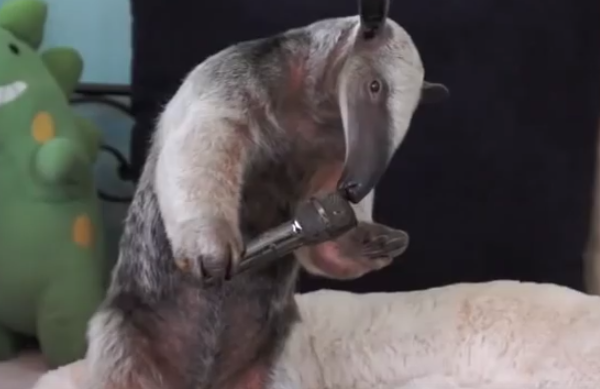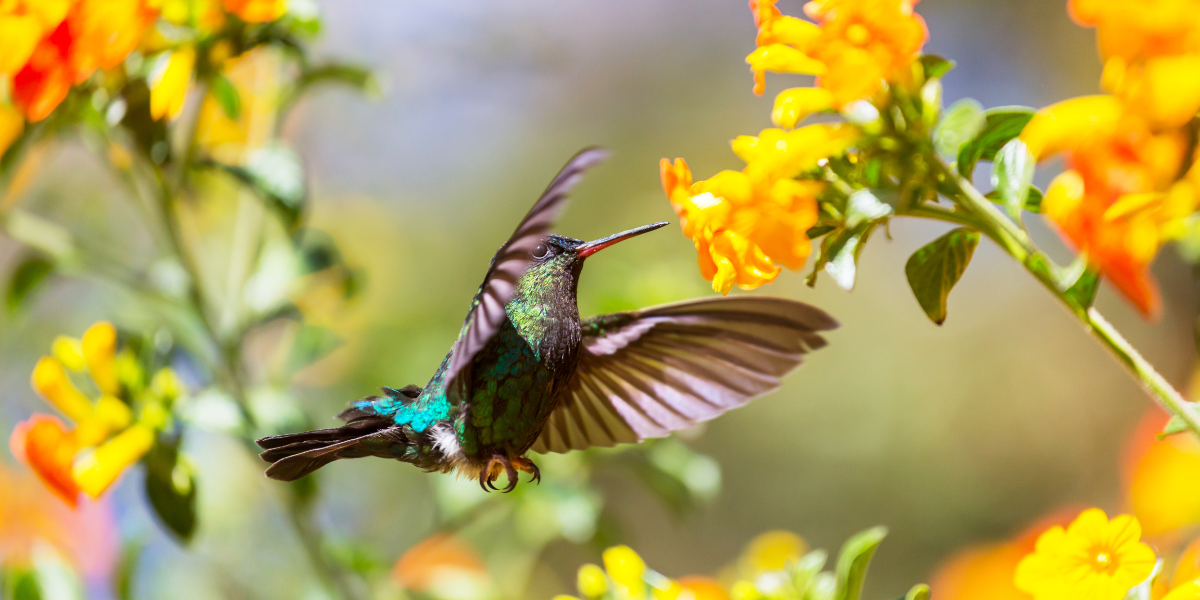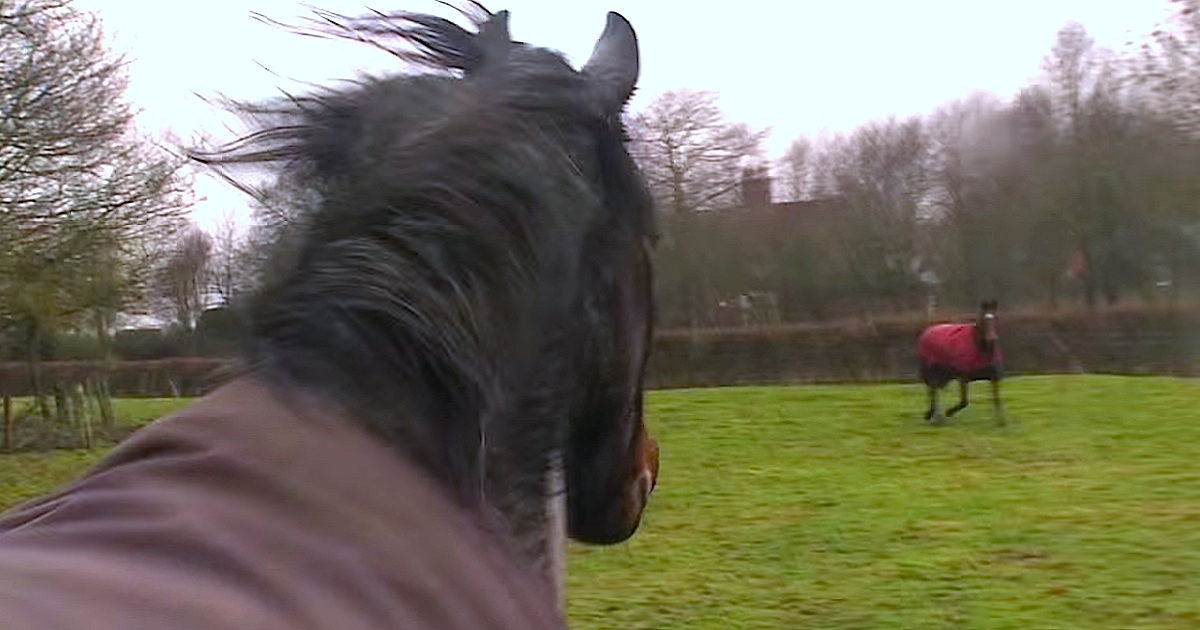Have you ever wondered what owls eat? Owls, those mysterious creatures that silently glide through the night, have unique feeding habits and diets that may surprise you. By examining owl pellets and observing their hunting habits, we can unravel the secrets of their nutrition.
Owls have a diverse diet that consists of various prey, ranging from small mammals like mice and rats to birds, frogs, snakes, and even fish. They have an intriguing way of consuming their meals – swallowing their prey whole and later regurgitating undigested parts in the form of pellets. These pellets provide valuable insights into the types of meals owls enjoy.
What Do Owls Eat
- Owls have a varied diet that includes small animals, amphibians, birds, and fish.
- They swallow their prey whole and regurgitate undigested parts in the form of pellets.
- Examining owl pellets helps us understand the types of prey they consume.
- Owls play a vital role in maintaining ecological balance through their hunting habits.
- Conservation efforts are crucial to protecting owl populations and their natural habitats.
Types of Owls and Their Diets
When it comes to owls, there is a wide variety of species, each with its own unique dietary preferences. Let’s explore some of the fascinating owl species and the foods that they rely on to survive.
Barn Owls
Barn owls, commonly found in North America, primarily feed on mice, rats, voles, and insects. These nocturnal hunters are known for their exceptional ability to locate and capture small mammals on dark nights.
African Grass Owls
Found in the grasslands of sub-Saharan Africa, African Grass owls have a diverse diet that includes rodents, birds, large insects, and even bats. They use their stealth and agility to hunt down their prey in the tall grass.
Northern Saw-whet Owls
The Northern Saw-whet Owl, native to North America, feeds on a variety of prey including shrews, moles, mice, other birds, insects, and isopods. These small owls are known for their preference for small mammals.
Long-eared Owls
Long-eared owls primarily prey on small rodents and small birds. With their striking long ear tufts, they blend seamlessly with tree branches, enabling them to surprise their prey from above.
Snowy Owls
Snowy Owls, famously known for their stunning white plumage, feed mainly on hares, lemmings, and birds such as geese and songbirds. They are highly skilled hunters in the frigid Arctic habitats they call home.
Great Horned Owls
Great Horned Owls have a diverse diet that includes skunks, hares, and geese. These powerful nocturnal hunters have adapted to various habitats across North and South America.
Burrowing Owls
Burrowing Owls are unique in that they make their homes by borrowing into the ground. They primarily feed on grasshoppers, beetles, voles, and squirrels. Their hunting techniques involve both ground foraging and aerial hunting.
Screech Owls
Screech Owls have a varied diet that consists of small insects, medium-sized mammals, birds, and reptiles. These tiny predators are notorious for their haunting calls during the night.
Barred Owls
Barred Owls are accomplished hunters that consume a wide range of prey including small mammals, reptiles, birds, amphibians, fish, and invertebrates. They are most commonly found in the forests of North America.
As you can see, each owl species has its own specific dietary requirements to sustain their energy and survival. Understanding their diets allows us to better appreciate the diversity and complexity of the natural world.
Owl Hunting Habits
When it comes to hunting, owls are skilled and adaptable predators. They employ various techniques to capture their prey, utilizing their unique abilities and specialized adaptations.
One hunting technique used by owls is strategic flights. Owls make quartering flights, soaring above their habitat in search of prey. They use their exceptional eyesight to locate their target from high above and then swiftly dive down to pounce on it. This strategic flight pattern allows them to cover vast areas efficiently and increases their chances of a successful hunt.
Another hunting method employed by owls is hunting from perching. They often perch on low branches or other elevated vantage points, patiently waiting for prey to come into view. Once they spot their target, they launch a surprise attack, using their powerful talons to capture their unsuspecting prey. Hunting from perching makes use of their excellent camouflage and their ability to remain motionless for extended periods.
Some owl species have even developed specialized hunting techniques tailored to their specific prey. For example, certain owls that target fish have perfected the art of skimming. Skimming involves flying low over bodies of water, using their keen vision to spot fish swimming near the surface. When they locate their prey, they swiftly extend their sharp talons and snatch the fish from the water with precision.
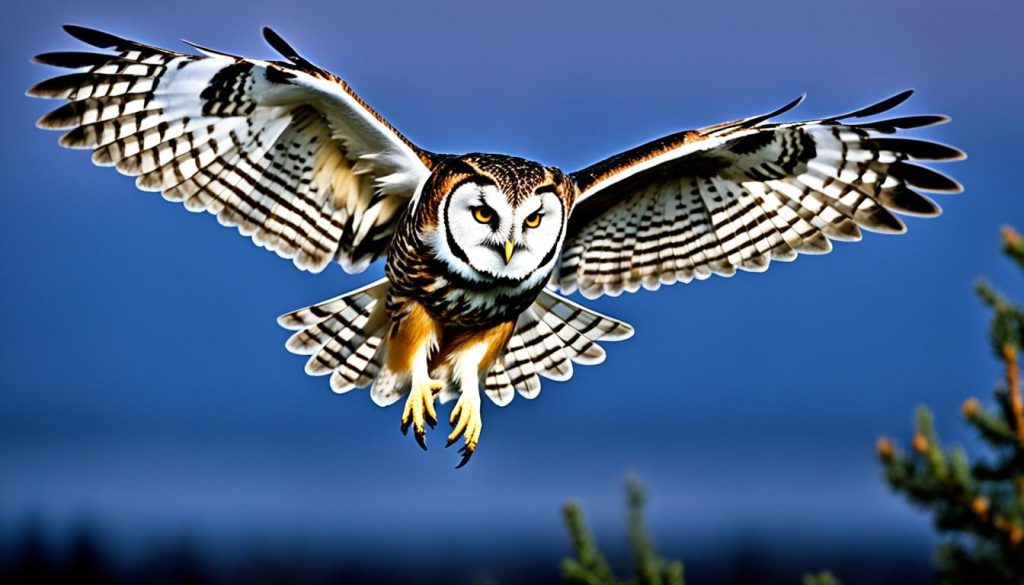
Owl species have adapted different hunting strategies based on their natural habitats and the availability of their prey. These unique techniques showcase the remarkable hunting abilities of owls and their remarkable adaptability in diverse environments.
Nocturnal Feeding Habits of Owls
Owls are fascinating creatures that are primarily active at night, making them nocturnal animals. This nocturnal behavior is essential for their survival and is closely tied to their feeding habits.
Owls have evolved specialized adaptations that enable them to hunt in low-light conditions. One of their remarkable abilities is exceptional hearing, which allows them to locate prey even in complete darkness. By relying on their auditory senses, owls can accurately pinpoint the exact location of their potential meal.
In addition to their acute hearing, owls have feathers that are specially designed to minimize noise during flight. These specialized feathers allow them to approach their prey silently, ensuring a successful hunt. Owls are known for their silent flight, which not only helps them avoid detection but also enables them to surprise their prey.
Owl foraging typically occurs during nightfall when their primary food sources, such as small mammals and insects, are also active. This timing ensures that owls can take advantage of the darkness and maximize their hunting efficiency. By feeding under the cover of darkness, owls can avoid competition from diurnal animals and reduce the risk of being detected by potential predators.
The nocturnal feeding patterns of owls contribute to their success as predators and reflect their adaptation to the unique challenges of hunting in the dark. It is this specialized behavior that allows owls to thrive and maintain their populations as efficient and effective nocturnal predators.
Owl Metabolism and Feeding Frequency
Owls have a high metabolic rate, which enables them to maintain their energy levels. However, their energy requirements vary depending on their species and size. Larger owl species typically have slower metabolisms and consume less food compared to smaller species.
In order to meet their energy requirements, owls follow a feeding pattern that involves multiple small meals throughout the day and night. This frequent feeding allows them to sustain their energy levels and meet their metabolic needs. Depending on the species, owls can consume about 3-4 ounces of food daily.
Their feeding frequency is closely linked to their metabolic rate and the availability of prey in their habitats. Owls adjust their feeding habits based on the abundance of food sources, ensuring they have a steady supply of nutrients to support their energetic lifestyle.
Understanding owl metabolism and feeding frequency provides insight into the unique dietary needs of these fascinating creatures. By adapting their feeding patterns to their energetic requirements, owls are able to thrive in their respective environments.
Predators of Owls
While owls are at the top of their food chain, they still face threats from predators. Some predators, like snakes and stoats, target owl eggs and nestlings. Birds of prey, such as common buzzards, falcons, and certain eagle species, may also prey on owls. Owls have adapted various defense mechanisms to protect themselves and their young, including camouflage and aggressive behavior. Understanding the predators in the owl food chain helps us appreciate the challenges these birds face in their natural habitats.
Importance of Owl Conservation
Owls are essential for maintaining ecological balance and controlling populations of their prey. However, these majestic creatures face numerous threats that jeopardize their existence. One of the primary concerns is habitat loss, where deforestation and urbanization destroy the natural foraging and nesting areas of owls. Without suitable habitats, owl populations decline, disrupting the delicate balance of ecosystems.
Pesticide use is another significant threat to owl conservation. The accumulation of pesticides in their food sources can have detrimental effects on owl health, leading to population declines and even local extinctions. It’s crucial to ban harmful pesticides and adopt sustainable farming practices to minimize the negative impact on owl populations.
To protect owl populations, conservation efforts are vital. Organizations like the American Bird Conservancy work tirelessly to improve key habitats and create protected areas where owls can thrive. They also advocate for stronger legal protections and promote public awareness about the importance of owl conservation.
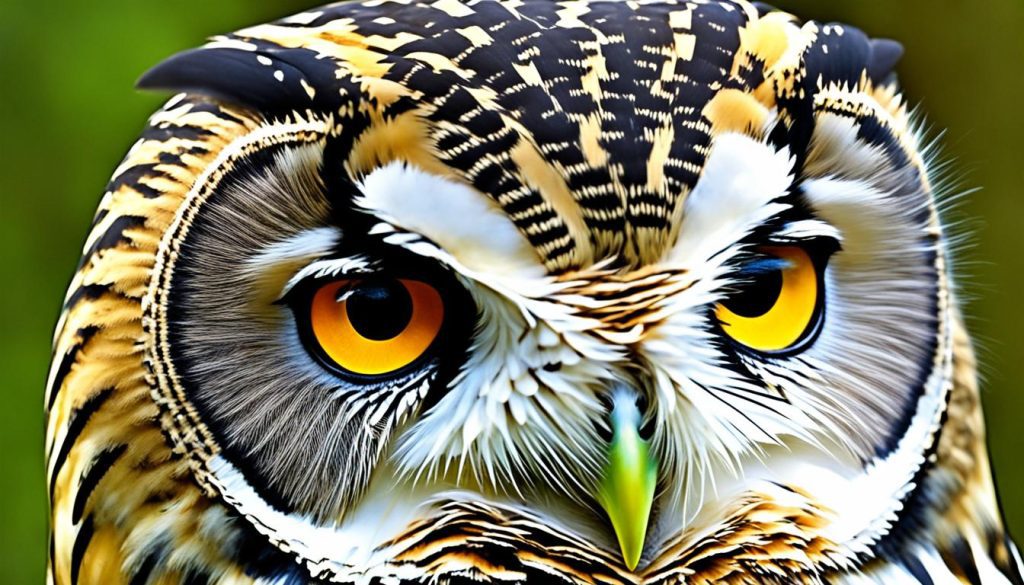
Conclusion
Owls, with their diverse diets and unique hunting techniques, are fascinating creatures that play a vital role in maintaining the balance of ecosystems. Depending on their species and habitats, owls feed on a variety of small animals such as mice, rats, frogs, birds, and fish. Their ability to adapt to different hunting strategies, from strategic flights to hunting from perches, showcases their exceptional skills as nocturnal predators.
However, despite their important ecological role, owls face significant conservation challenges. Habitat loss and the use of pesticides pose threats to their populations. By understanding their diets and feeding habits, we can better appreciate the importance of owl conservation. It is crucial that we work collectively to protect their habitats, ban harmful pesticides, and advocate for stronger measures to ensure the survival of these remarkable birds.
The summary of owl diets and feeding habits highlights their significant role in the natural world. Owls demonstrate the intricate balance of predator-prey relationships and their impact on maintaining healthy ecosystems. Through awareness and conservation efforts, we can ensure the well-being and continued existence of these captivating birds of the night.


